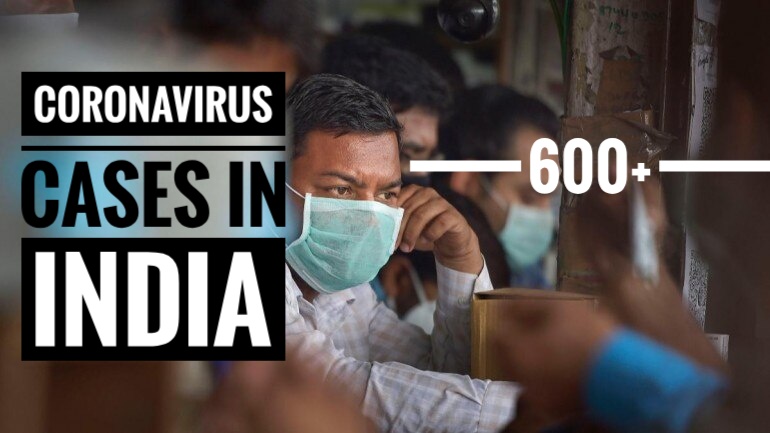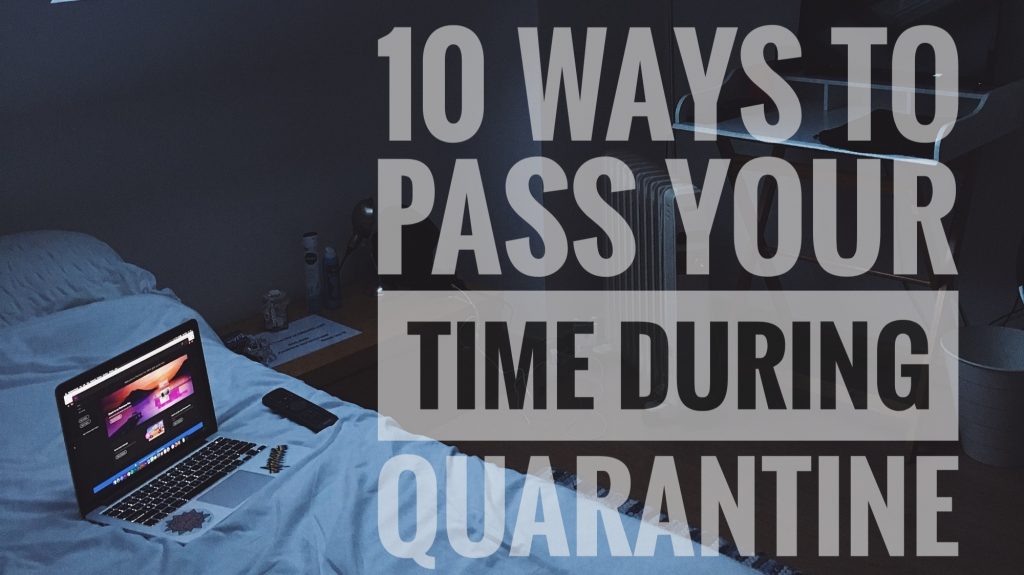Researchers and scientists have been racing against the clock to develop a vaccine for the novel COVID-19 virus and to cure the world of the pandemic. However, according to the estimates given by the World Health Organisation and several state departments, such a vaccine could only be developed in the next 12 to 18 months despite the fast pace at which scientists are working on the cure.
In light of the absence of a vaccine, the CIDRAP Viewpoint report compiled by pandemic
experts stated that the virus is likely to keep spreading for another 18 months to two years and may not stop till at least 60 per cent to 70 per cent of the population has been infected.
“This thing’s not going to stop until it infects 60 to 70 per cent of people,” Mike Osterholm, who directs the middle for communicable disease Research and Policy (CIDRAP) at the University of Minnesota stated.
“The concept this is often going to be done soon defies microbiology.”
The report further recommended that the US should prepare for a worst-case scenario as they expect the second big wave of the pandemic to hit in the fall and winter. Even in the case of a best-case scenario, they predicted that people will continue dying.
Waiting for herd immunity “The length of the pandemic will likely be 18 to 24 months, as herd immunity gradually develops in the human population,” they wrote within their report. They further clarified that the virus is a new strain and so no one has immunity against it yet.
Their predictions are different from models presented by groups like the Institute for Health Metrics and Evaluation (IHME) at the University of Washington or the models produced by Imperial College London, whose report predicting many deaths within the US and UK helped galvanize responses by both governments.
The CIDRAP-led team used those reports, historical data on past pandemics, and published reports about the medical details of Covid-19 to place together their forecast.
“I have said for an extended time that when you are trying to understand how the disease is going to unfold, you ought to believe history also as models,” Lipsitch said. For instance, pandemic infections don’t tend to die down in the summer, as seasonal flu does.” Lipsitch said.
The also added that the coronavirus is most comparable with the influenza pandemic due to the similarities in characteristics. “Because of a longer incubation period, more asymptomatic spread, and a better R0, COVID-19 appears to spread more easily than flu,” they wrote in the report. R0 is the average number of people infected by each patient.
“A higher R0 means more people will need to get infected and become immune before the pandemic can end,” they add. “Based on the foremost recent flu pandemics, this outbreak will likely last 18 to 24 months.”
Preparing for the worst
They said officialdom should stop telling people the pandemic might be ending and
instead, prepare their citizens for the pandemic to continue for a long period.
Three scenarios are possible, they said:
Scenario 1: the primary wave of Covid-19 in spring 2020 is followed by a series of repetitive smaller waves that occur through the summer then consistently over a one- to two-year period, gradually diminishing sometime in 2021.
Scenario 2: the primary wave of Covid-19 is followed by a bigger wave within the fall or winter and one or smaller waves in 2021. “This pattern would require the reinstitution of mitigation measures within the fall in an effort to drive down the spread of infection and stop healthcare systems from being overwhelmed,” they wrote. “This pattern is analogous to what was seen with 1918-19 pandemic.”
Scenario 3: A “slow burn” of ongoing transmission. “This third scenario likely would not require the reinstitution of mitigation measures, although cases and deaths will still occur.” States and territories should plan for scenario 2, the worst-case scenario, they recommended.
“Government officials should develop concrete plans, including triggers for reinstituting
mitigation measures, for handling disease peaks once they occur,” they advised. Lipsitch
and Osterholm both said they’re surprised by the choices many nations are making to lift
restrictions aimed toward controlling the spread of the virus. They also criticized the fact that the states have decided to lift restrictions in areas where the rate of new cases and infections has increased as compared to the rate at which they had imposed the quarantine.
“I think it’s an experiment. It’s an experiment that likely will cost lives, especially in places that do it without careful controls to undertake to work out when to undertake to slow things down again,” Lipsitch said.
A vaccine could help, the report said, but not quickly. “The course of the pandemic also could be influenced by a vaccine; however, a vaccine will likely not be available until at least some time in 2021 and that we do not know what sorts of challenges could arise during vaccine development that could delay the timeline,” the report read.

